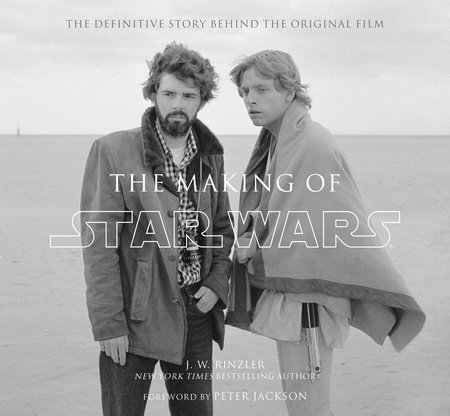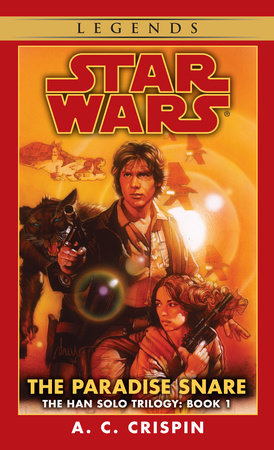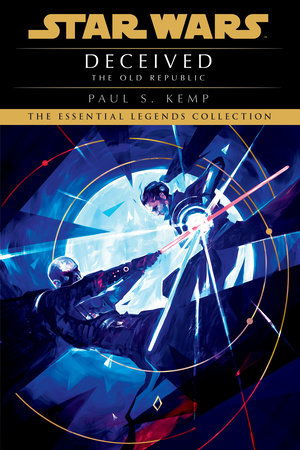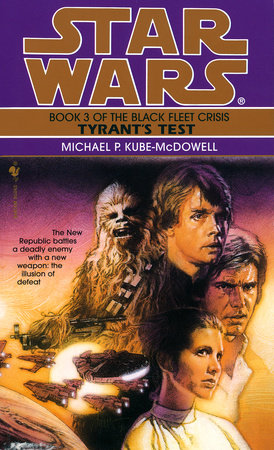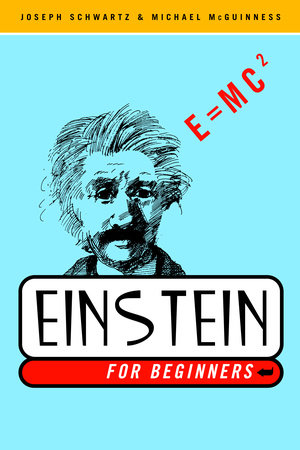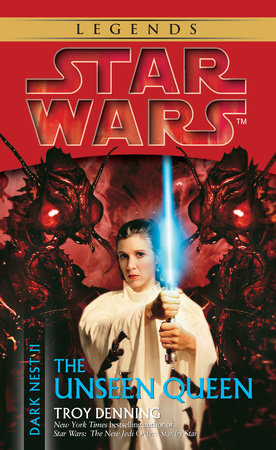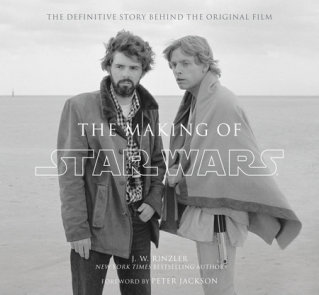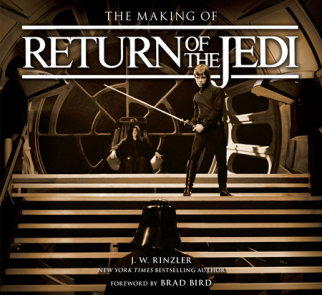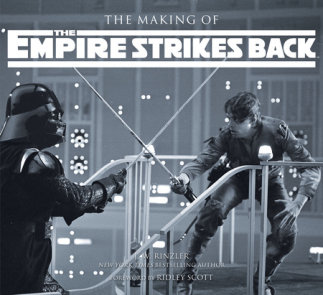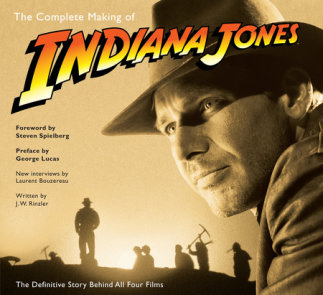Author Q&A
Q:Reading this book is almost like being present at the opening of a time-capsule! How did you discover the archival material comprising the book, and why was it overlooked for so long?
JWR:There was a bit of confusion at Lucasfilm as to whether there was already a making of Star Wars book–and that led me to ask Steve Sansweet (Lucasfilm’s head of fan relations) if he perhaps knew about an aborted book–and he suggested I check the archives for the Lippincott interviews. So one reason we had never done one is that some people thought there was already a book about the film–and there were many partial ones, and many non-licensed ones. The interviews themselves were dormant because no one knew they existed except a very few people, some of whom no longer worked for the company.
Q:What were your feelings as you realized what you had found?
JWR:Joy and relief. I knew it was going to make a great book–with months of collating and editing and writing . . .
Q:One of the most fascinating aspects of this book is that it’s not just the story of Star Wars but a broader story about American moviemaking at a critical moment in its history.
JWR:I’m glad you think so. While we always keep the fans in mind–by trying to show new things and addressing some of the esoterica–we are essentially a filmmaking company, which Lucas formed from the money he made on American Graffiti, Star Wars, Empire, and the rest of them. So I felt it was important to situate Star Wars in the history of cinema, not as a cultural phenomenon–that would be another book.
Q:I was surprised to learn that Apocalypse Now was originally George Lucas’s idea, and that he had always hoped to make it after American Graffiti.
JWR:Yep, that was an early idea of George Lucas’s, and many of its ideas were transferred to Star Wars–essentially the underdogs going up against the mechanized empire, i.e., the United States.
Q:What did you find most surprising in researching and writing the book?
JWR:A couple of things leap to mind: 1) I always knew that Fox didn’t believe in the film, with the exception of Alan Ladd. But I didn’t know just how unhelpful the studio was. Essentially, without the money from Graffiti, Lucas wouldn’t have been able to move Star Wars forward in preproduction because Fox wouldn’t pay for much if anything. And the studio pulled the plug at a certain point! 2) the saga of front projection. Though it sounds technical, essentially, after a disastrous time in Tunisia, Lucas had a key component of studio shooting literally fall apart in front of his eyes!
Q:It is endlessly fascinating to watch the movie take shape, both in terms of script and artists’ renderings, in the pages of the book. Perhaps it’s only the seeming inevitability of hindsight, but it really does appear as though the Force was with Lucas as his creative choices converged into the Star Wars we know and love today. For just one example, the character that became Luke Skywalker was called Luke Starkiller earlier in the script.
JWR:Unfortunately I think Charles Manson had something to do with that late change–hardly the work of the Force. And I would attribute Lucas’s success to very Earth-bound hard work. But also a desire to make an uplifting movie. At a certain point he could have abandoned Star Wars and made Apocalypse Now, but he elected to make the happier film.
Q:Another fascinating aspect of the book is how it details the friendship of Steven Spielberg, Francis Ford Coppola, George Lucas, and Martin Scorsese. Scorsese’s recent Oscar acceptance, with the other three proudly looking on, emphasized the strength or durability of this friendship. It’s hard to think of four directors with a greater impact on American culture and Hollywood moviemaking. In many ways, weren’t these friendships really forged over this critical period of time, back in the early to mid-70s?
JWR:Actually Lucas’s friendship with Coppola started circa 1966 or ‘67 (I’d have to look it up), and with Spielberg in 1967–at least that’s when they met. And Lucas’s then wife, Marcia, edited many films for Scorsese, so they all spent a lot of time together. There was also John Milius, Michael Ritchie, Matthew Robbins and Hal Barwood, Brian De Palma, John Korty, Carroll Ballard–etc., etc. I’m sure there was a lot competition–but they also really helped each other out, reading each other’s scripts, watching rough cuts, etc.
Q:Of perhaps even greater impact than the Stars Wars movie itself was the birth of Industrial Light & Magic, which was created to do the special effects for that film but soon took on a trailblazing role for the whole industry–a role it continues in today.
JWR:Yes, but it happened slowly. A few of the key members elected to stay in LA after the first film. And ILM didn’t start to do outside productions at full tilt until the mid-1980s. In some ways, Spielberg was their first outside client, with the Indiana Jones films.
Q:Lucas had difficulties with his prior films, but in terms of the shooting and in his dealings with the studio, but nothing like what he experienced in Star Wars, which at one point drove him to check into a hospital. Was that why he decided not to direct The Empire Strikes Back and Return of the Jedi?
JWR:Yes, he had “retired.”
Q:His insistence on creative and marketing control seems incredibly far-sighted. There, too, he really blazed the way, didn’t he?
JWR:According to his lawyers and agent, Jeff Berg, Lucas was the driving force. But it was more about control. He couldn’t have known Star Wars was going to become so huge–because it was unprecedented. But he did know he didn’t want a lot of rip-off, badly produced spin-off products out there based on his creative work.
Q:Is there other archival material, for example relating to the two sequels, that has yet to come to light? Is this the last “Making Of” book?
JWR:Well, the next two already have published books out there. But there is a ton of never-seen-before visual material that we could publish. A lot depends on how The Making of Star Wars does in the marketplace. If it’s a success, then I’ll be able to leverage deluxe versions, with many more photos and art, for Empire and Jedi–perhaps for their anniversaries.
